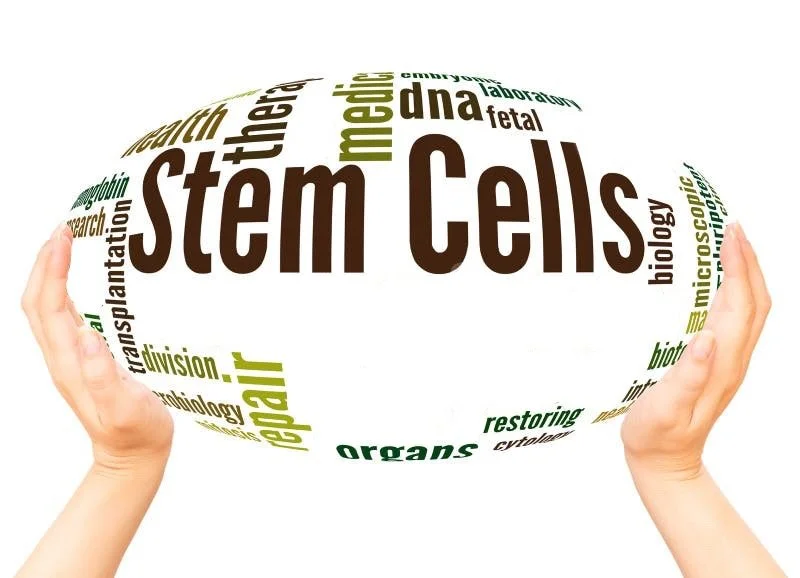Given the moral objectionability of IVF, the administration should seek instead to forbid the practice through statutory mechanisms, or, if that is not yet politically possible, limit and circumscribe the practice by bringing it under tight regulation and oversight.
Read MoreIVF involves at least two major moral problems —the ‘collateral damage problem’ and the ‘intrinsic problem.
Read MoreA great deal is at stake in these kinds of synthetic embryo experiments that threaten to manipulate and destroy human life.
Read MoreReceiving a diabetes treatment produced with embryonic stem cells signals a willingness on our part to tolerate the killing of younger human beings in order to benefit others who are older.���� ��������� � �������� ��������� �������� ���� ��������� ���� ����� ������� � ����������� �� ��� ���� �� �������� ��� ������� �� ������� ����� ������ �� ����� �� ������� ������ ��� ��� ���������� ��������� � �������� ��������� �������� ���� ��������� ���� ����� ������� � ����������� �� ��� ���� �� �������� ��� ������� �� ������� �����
Read MoreThrough IVF, husband and wife use their own (or even another person’s) sex cells to become “donors”, while constructing their own offspring through a kind of programmed project, with the marital act no longer an essential part of the equation.
Read More…we realize how the procreation of our own children is meant to involve a strict exclusivity between husband and wife.
Read MoreThis attitude of seeing our offspring as expendable is becoming more widely accepted not only among IVF customers, but also among biomedical researchers…
Read MoreMany people appreciate that the Catholic Church holds firm and well-defined positions on moral questions, even if they may remain unsure about how or why the Church actually arrives at those positions, especially when it comes to unpacking new scientific developments like embryonic stem cell research.
Read MoreSome humanitarian tragedies occur quietly and “in the background,” only gradually coming to light years or decades after serious harm has already occurred...
Read MoreThat every one of us was once an embryo remains an indisputable scientific dogma, causing a "fingernails on the chalkboard" phenomenon for researchers every time they choose to experiment on embryos...
Read MoreIt should be obvious how any approach that weakens or casts into question the integral connection between parents and their offspring will raise grave ethical concerns.
Read MoreRespect for our own progeny, then, will have the obvious consequence that human embryos should not be generated in the laboratory for premeditated destruction, nor for cellular cannibalization by scientists.
Read MoreRegardless of whether we might or might not be able to manifest consciousness at a particular moment (as when we are asleep, under anesthesia, in a coma, or growing at early timepoints in utero), our humanity is still present and deserving of unconditional respect.
Read MoreUpon fusion with a sperm, however, the egg qua egg no longer exists, and an embryo, a human being at the earliest stage of his or her existence… will be simultaneously engendered and launched onto the trajectory of ‘growing up,’ representing a new entity that can live for more than a hundred years.
Read MoreNot much reflection is needed to realize the serious injustice involved in forcefully ‘crystallizing’ another human being. The freezing and thawing process itself subjects embryonic humans to significant risk, and up to fifty percent of embryos do not survive the process.
Read More…either one discards the embryos or one destroys them in the laboratory to obtain miraculous cures for diseases. An important third option is often not even mentioned: namely, that we continue to store the embryos in their current, frozen state as part of our moral duty to care for our own offspring.
Read MoreWe cannot choose evil that good might come, nor can we ever afford to sell our souls by ignoring the sacrosanct humanity of the embryo, that tiny creature that each of us once was ourselves.
Read MoreIn fact, however, the decision to continue cryopreserving an embryo in liquid nitrogen is not likely an instance of using extraordinary means, since the burden and costs associated with taking care of embryonic children in this way are actually minimal.
Read MoreIn the United States today, we urgently need Embryo Protection Laws.
Read More…only the most cursory ethical reflection is needed to grasp the moral problem with creating human offspring in laboratories, using an admixture of cow components, in order to scientifically cannibalize them.
Read More




















